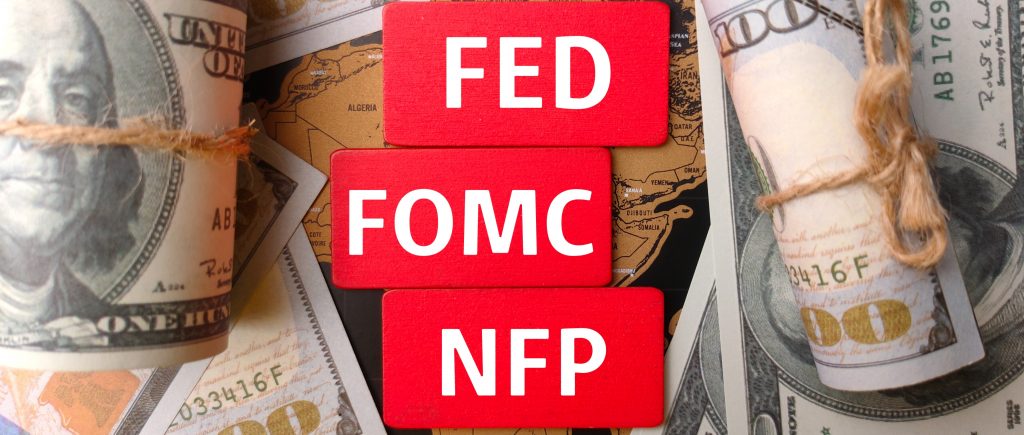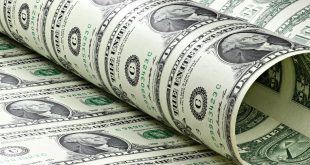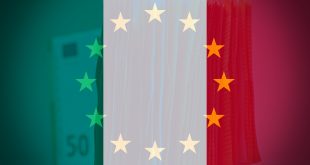The US economy gained 431000 jobs in March, on top of upward revisions and other upbeat data. There is nothing in the data suggesting that the Fed will refrain from a 50 bps rate hike. The US dollar is set to gain ground as traders take risks off the table ahead of the weekend.
America is hiring more labour, while the headline Nonfarm Payrolls figure missed estimates with 431,000 versus the expected 490,000, revisions do add 95,000, more than compensating for the marginally worse than projected figure. In comparison to the pre-pandemic levels of around 200,000 per month, the labour market is extremely healthy.
Speaking of the times before covid, the labour participation rate was 62.8% back then, and now it is at 62.4%, extending its recovery and showing that more people are returning to the workforce. The increase in participation did not stop the unemployment rate to decline; 3.6%, better than 3.7% expected, 3.8% last month and an excellent statistic in absolute terms.
Having more workers does not mean lower wages; earnings rose by 5.5% YoY, a tad above estimates. That contributes to inflationary pressures. It seems to cement a 50 bps rate hike in the Federal Reserve’s next meeting due on 3 May.
Comments by Fed’s Raphael Bostic instir doubts about a 50 bps rate hike in May’s FOMC meeting. The President of the Atlanta Fed, who leans to the hawkish side, seemed more cautious than usual when referring to the future. The war raised the level of uncertainty for him and for many others.
However, the US is far from Eastern Europe, and even in a globalized world, it takes time until American consumers respond to bombs falling in Ukraine. Moreover, the Fed is under immense pressure to fight inflation, at least front-loading its rate hikes.
Reducing the balance sheet in addition to raising borrowing costs are more likely than any second thought for now. The jobs report does nothing to change that.
For the US dollar, it means ongoing support, as the Fed remains at the forefront of raising rates. Moreover, the war and the uncertainty it creates are relevant also for the short term – it would be better to remove risks off the table ahead of the weekend. A ceasefire has lower chances than an escalation. And that is favorable for the US dollar.

 Noor Trends News, Technical Analysis, Educational Tools and Recommendations
Noor Trends News, Technical Analysis, Educational Tools and Recommendations




